The Beat Museum
Museum dedicated to Beat Generation with manuscripts and memorabilia
Museum dedicated to Beat Generation with manuscripts and memorabilia
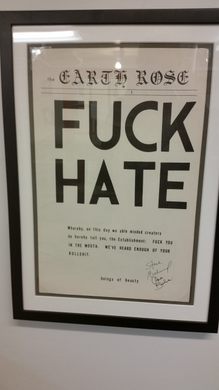
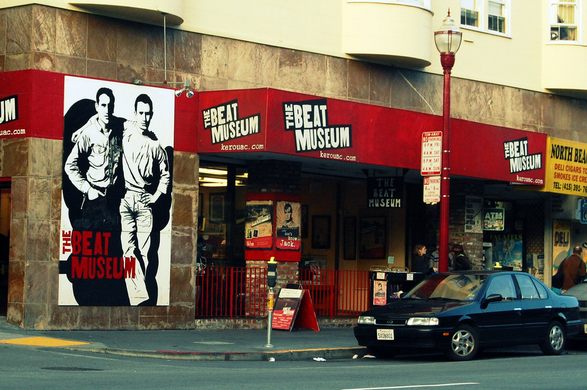
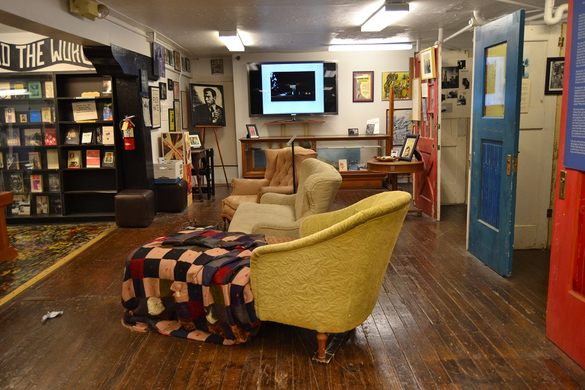
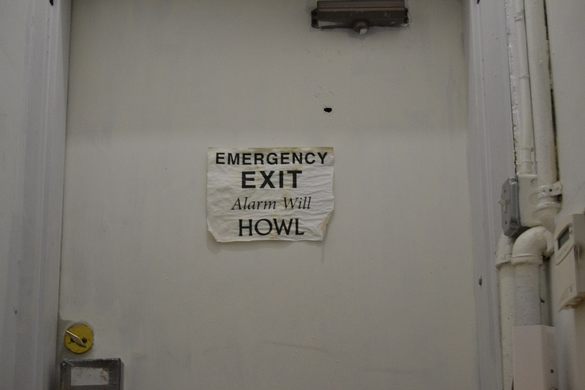





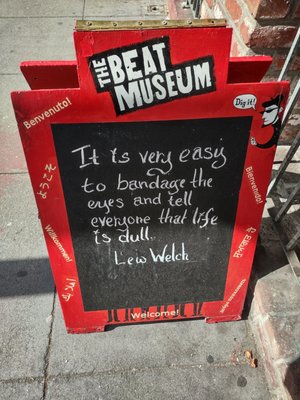





















"The Beat Museum is a bookstore and museum in the North Beach neighborhood of San Francisco. The museum contains a large collection of memorabilia from the Beat era, including personal effects and manuscripts of Allen Ginsberg, Jack Kerouac, Charles Bukowski, and other prominent poets and writers of the time. Dedicated to spreading the spirit of the Beat Generation, the small museum is situated in what was once the center of the Beat world in the 1950s. City Lights Books, around the corner, was the original publisher of Ginsberg’s Howl and Other Poems in 1956. While the first floor feels a bit more like a traditional museum and store, the second floor feels more like someone’s dorm room, or a coffee shop, with couches, books, clippings, and posters plastered along the walls. Visitors are free to lounge and read at their convenience. Guided tours are available, but visitors are encouraged to roam the museum at their own pace, taking from the stories and photos whatever they need. The Beat Museum also houses an exact replica of the car used to film the 2012 movie adaptation of Kerouac’s On the Road." - ATLAS_OBSCURA


"Visit Jack Kerouac's San Francisco Stomping Grounds at the Beat Museum Crazy for Kerouac? Mad for Ginsberg? Head to the Beat Museum in San Francisco’s North Beach neighborhood, where many of the writers, artists, and thinkers you’ll be learning about spent their time drinking and carousing in the 1950s and '60s. With the mission of spreading the spirit of the beat generation—tolerance, compassion, and the strength to “live your individual truth”—the Beat Museum opened in 2003 and houses a collection of beatnik memorabilia—including letters and original manuscripts—for visitors to peruse. The museum also puts on events. Check the website for readings and other goodies, and consider taking one of the walking tours of the neighborhood. The Beat Museum is open every day from 10 a.m. to 7 p.m."


In North Beach, this independent museum celebrates the Beat Generation with manuscripts, ephemera, and neighborhood lore. Often spotlighted by travel editors for its authentic ties to San Francisco’s literary scene.

"The Beat Museum is one of my favorite museums in town and a great place to learn about the neighborhood’s Beat Generation history." - Matthew Kepnes

"Dedicated to the Beat Generation, this small museum—founded in 2003—houses over 1,000 pieces of memorabilia including Allen Ginsberg’s typewriter and a first edition of Jack Kerouac’s The Town and the City; they hold regular events and walking tours of the surrounding neighborhood, it’s open Thursday–Monday from 10am–7pm, and admission is $8." - Matthew Kepnes